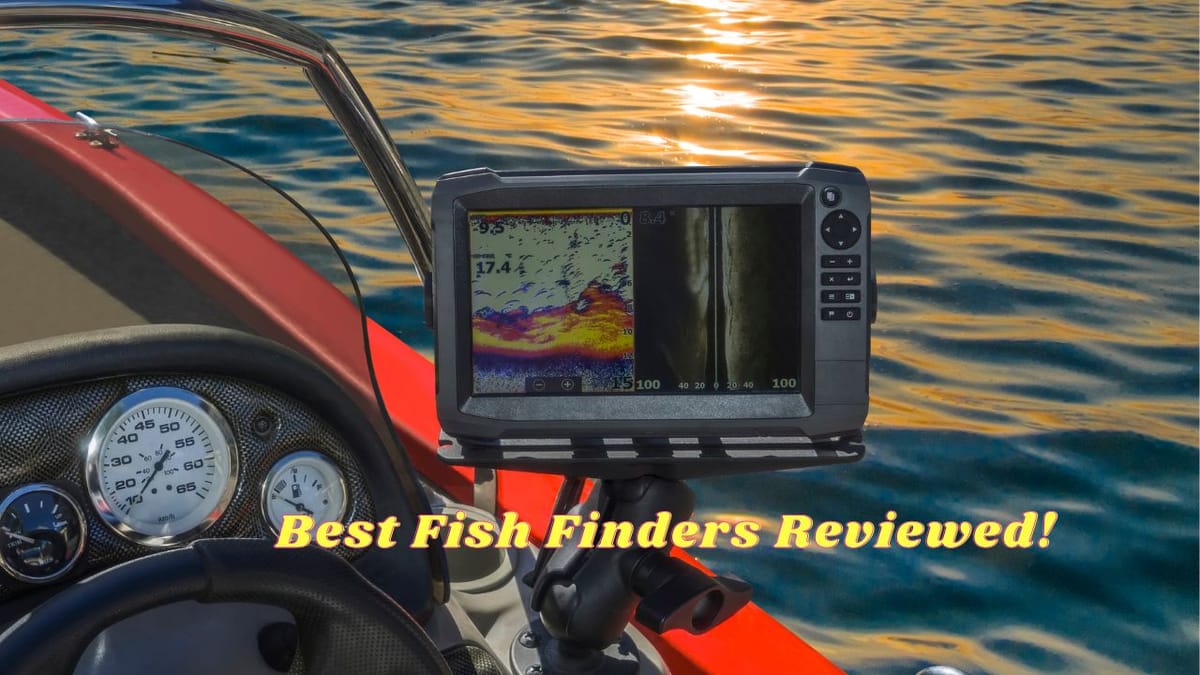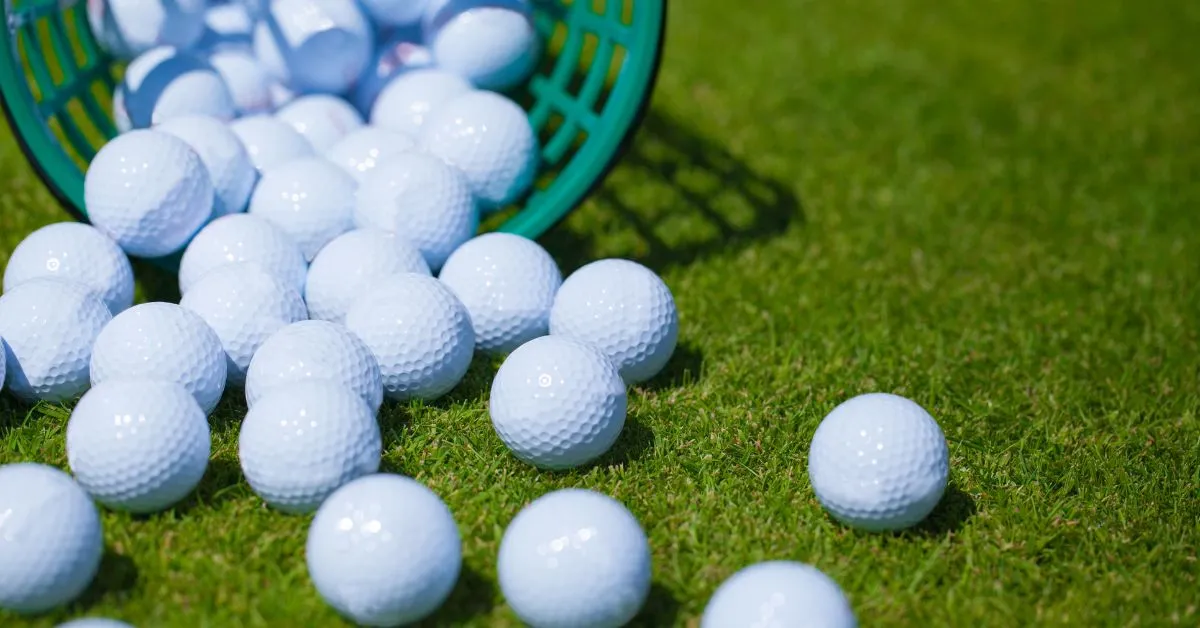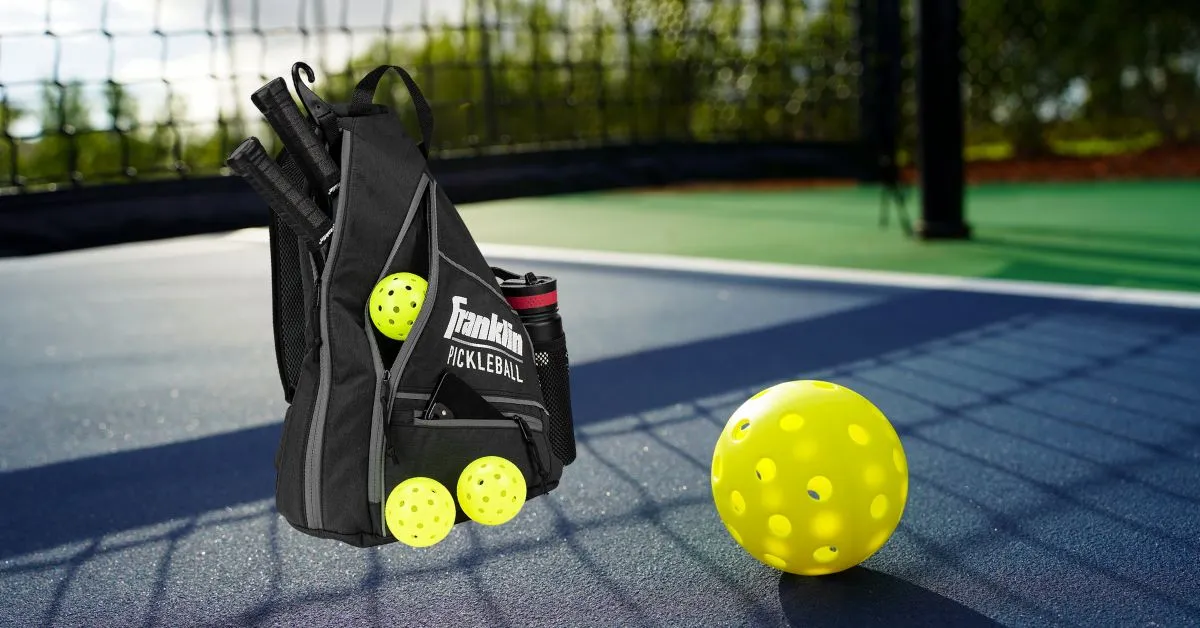Table of Contents
Fishing enthusiasts are always looking for ways to enhance their experience and increase their catch. With technology advancing rapidly, many anglers wonder if their smartphones can double as a fish finder. In this comprehensive guide, we'll explore the possibilities and methods of transforming your phone into an indispensable fishing tool.
Key Takeaways:
- Learn how to use your smartphone as a fish finder.
- Understand the apps and hardware required for this transformation.
- Discover practical examples of how this technology can improve your fishing experience.
With detailed and rigorous research, we provide our readers with the finest recommendations. Our recommendations are our opinions. Our cause is backed by reader support- for every click made through one of our affiliates links, a commission may be earned at no extra expense to you! As an Amazon Associate, Reviewsopedia may earn a commission from qualifying purchases. Thank you and enjoy!
The Rise of Smartphone Fish Finding Technology
In recent years, the integration of smartphones into our daily lives has been nothing short of revolutionary. The fishing industry is no exception, with developers creating innovative apps and gadgets that turn your phone into a fish finder. This technology utilizes your smartphone's processing power and connectivity to provide real-time data about the waters you're exploring.
Smartphone fish finders work by connecting to a transducer, a device that emits and receives sonar waves. These waves bounce off objects underwater, such as fish, and return to the transducer. The data is then sent to your phone, displaying the underwater environment on your screen.
The Essential Hardware: Transducers and More
To convert your phone into a fish finder, you'll need a portable transducer compatible with smartphones. Brands like Deeper, iBobber, and FishHunter offer compact, wireless transducers that sync with your phone via Bluetooth or Wi-Fi. These devices are designed to float on the water's surface or be attached to the side of a boat, casting sonar signals to depths of up to several hundred feet.
The transducers are battery-powered, with some models offering additional features like GPS mapping and water temperature readings. They are typically rugged and waterproof, ensuring they can withstand the challenges of the fishing environment.
Choosing the Right App for Your Smartphone Fish Finder
Once you have the hardware, the next step is selecting the right app to display and interpret the sonar data. Many transducer manufacturers provide their own apps designed to work seamlessly with their devices. These apps not only display the underwater topography and fish locations but also allow you to log catches, mark favorite spots, and even predict fish activity.
Some popular apps include Fish Deeper, ReelSonar iBobber, and Lowrance's FishHunter app. These apps are user-friendly and offer a variety of features to suit both amateur and professional anglers.
The Benefits of Smartphone Fish Finders
The advantages of using your phone as a fish finder are numerous. The convenience of having a powerful, multifunctional device that fits in your pocket cannot be overstated. Smartphone fish finders are also generally more affordable than traditional fish finders, making them accessible to a wider range of anglers.
Additionally, the ability to record and analyze fishing data over time can help you become a more successful angler. By understanding patterns and behaviors, you can make more informed decisions about where and when to fish.
Compatibility and Connectivity Concerns
When considering turning your phone into a fish finder, it's essential to ensure compatibility between your smartphone and the chosen transducer. Most devices are compatible with both iOS and Android platforms, but it's always wise to check before purchasing.
Connectivity is another critical factor. Bluetooth and Wi-Fi connections must be stable and reliable to ensure real-time data transmission. Some high-end models offer advanced connectivity options that provide a stronger and more consistent connection.
The Impact on Battery Life and Data Usage
Using your smartphone as a fish finder can have a significant impact on battery life. Running sonar technology and GPS can drain your phone's battery quickly. It's advisable to have a portable charger or power bank on hand to keep your device charged throughout your fishing trip.
Data usage is another consideration, especially if the app requires an internet connection to access certain features like cloud storage or social sharing. Ensure you have an adequate data plan or use the app in offline mode if available.
The Future of Smartphone Fish Finding
The future of smartphone fish finding looks promising, with advancements in technology continually improving the accuracy and features of these devices. We can expect to see more sophisticated sensors, better battery life, and even integration with other fishing gear.
As artificial intelligence and machine learning become more prevalent, these systems will likely offer even more personalized and accurate fishing recommendations, transforming the way we fish.
The Pros and Cons Summarized
Turning your phone into a fish finder comes with its set of pros and cons. On the plus side, it's convenient, portable, and often more affordable than traditional fish finders. It also offers the ability to log and analyze data, which can improve your fishing over time.
However, there are downsides, such as potential compatibility issues, the impact on battery life, and the reliance on a stable connection. Weighing these factors will help you decide if a smartphone fish finder is right for you.
Summary
Transforming your smartphone into a fish finder is a feasible and increasingly popular option for modern anglers. With the right hardware and app, you can access detailed underwater data, log your catches, and improve your fishing strategy. While there are considerations like battery life and connectivity, the benefits of convenience and portability make it an attractive option for many.
FAQ Section
Do I need an internet connection to use my phone as a fish finder?
While some features may require an internet connection, most smartphone fish finder apps can operate in offline mode once the initial setup is complete.
Are smartphone fish finders as accurate as traditional fish finders?
Yes, many smartphone fish finders offer comparable accuracy to traditional devices, especially when paired with high-quality transducers.
Can I use my smartphone fish finder in both freshwater and saltwater?
Absolutely. Most transducers designed for smartphone fish finders are suitable for use in both freshwater and saltwater environments. Always check the specifications of your device to ensure optimal performance.
Other Related Articles










